Roofs are more than just protection from the elements—they are a defining feature of a building's character. In Chinese architecture, roofing has evolved into an art form, combining aesthetic elegance with practical functionality. From the gently curved eaves of traditional homes to modern adaptations in urban projects, Chinese-style roofing materials offer a unique blend of beauty, durability, and cultural significance.
This article explores the benefits of these roofing materials, their modern applications, and how traditional designs continue to inspire contemporary architecture. Whether you are planning a residential, commercial, or public project, understanding the versatility and advantages of Chinese-style roof tiles will help you make informed choices that honor heritage while meeting modern needs.
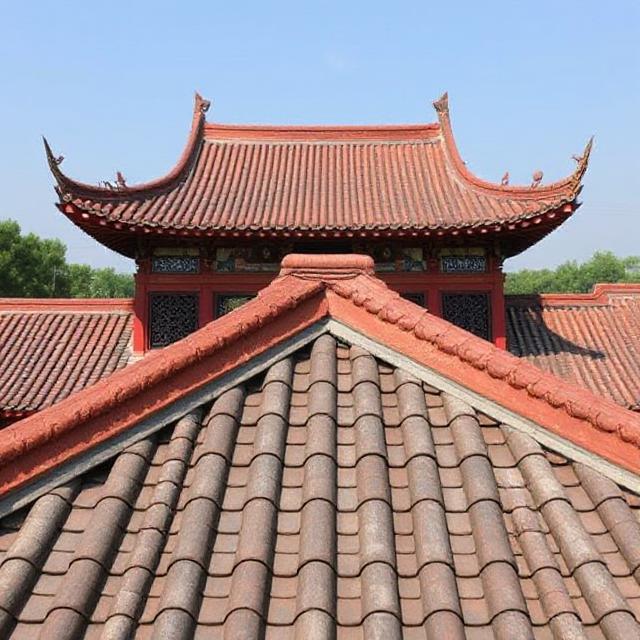
Benefits of Chinese-Style Roof Tiles
1. Cultural Significance and Aesthetic Appeal
Chinese-style roof tiles are deeply rooted in the country's cultural heritage. Traditional roofs often feature gracefully curved eaves, intricate patterns, and symbolic decorations such as dragons, phoenixes, or floral motifs. These elements not only enhance the building's visual impact but also convey cultural meanings, reflecting prosperity, protection, and harmony.
Using these tiles in modern or renovated structures allows architects and homeowners to preserve historical aesthetics while creating a visually striking roofline. Their vibrant colors and distinctive shapes make the building stand out in both residential and public settings.
2. Durability and Longevity
The materials used for Chinese-style roofing, such as clay and ceramic, are naturally resilient. They can endure heavy rain, intense sun, and varying seasonal temperatures without significant deterioration. This longevity reduces the need for frequent replacements and repairs, making them a cost-effective choice in the long term.
Additionally, these tiles are resistant to cracking and warping, ensuring that even older roofs maintain their structural integrity. The durability makes them suitable for both traditional residences and modern architectural projects that aim to combine heritage with functionality.
3. Energy Efficiency and Natural Insulation
Chinese roof tiles are designed to help regulate indoor temperatures. Their thickness and density provide natural insulation, keeping interiors cooler in summer and warmer in winter. This reduces reliance on artificial heating and cooling systems, leading to energy savings and a more comfortable indoor environment.
The insulation properties also contribute to soundproofing, minimizing outdoor noise. This combination of thermal and acoustic benefits enhances the living experience while maintaining environmental sustainability.
4. Fire Resistance
Many traditional Chinese roofing materials, particularly clay and stone tiles, offer excellent fire resistance. This is especially important in densely populated areas or regions prone to fire hazards. Installing fire-resistant tiles enhances the overall safety of the building and provides peace of mind for homeowners.
Their inherent resistance to ignition also contributes to the longevity of the roof, as it prevents damage that could otherwise result from exposure to sparks or nearby fires.
5. Eco-Friendly and Sustainable
Traditional Chinese roofing materials are largely made from natural resources. Clay, ceramic, and stone can be sourced sustainably and have minimal environmental impact. Choosing these materials supports eco-friendly construction practices and aligns with modern green building standards.
Moreover, these tiles are recyclable and can be reused in renovation projects, further reducing environmental footprint. Their durability means less frequent replacement, which also minimizes construction waste.
Modern Applications of Chinese-Style Roofing
1. Urban Landscaping and Public Spaces
Chinese-style roof tiles are often used in urban landscaping projects to create visually appealing pavilions, parks, and cultural centers. The use of traditional materials in public spaces adds a sense of cultural identity and elegance, transforming ordinary urban environments into scenic spots that attract visitors.
These structures can be designed to encourage relaxation and social interaction. By integrating water features, seating areas, and greenery, architects create spaces that blend heritage aesthetics with modern functionality.
2. Contemporary Residential Architecture
Modern homes increasingly incorporate Chinese-style roof tiles to combine traditional aesthetics with contemporary design. Architects can use these tiles on villas, residential complexes, or custom homes to achieve a unique blend of elegance and cultural identity.
The versatility of these materials allows for creative applications in flat, sloped, or multi-level roofs. Homeowners benefit from both the visual impact of traditional design and the practical advantages of modern roofing technology.
3. Commercial and Civic Buildings
Restaurants, museums, and civic buildings often use Chinese-style roofing to create a memorable architectural presence. The distinctive rooflines and decorative patterns draw attention, enhancing the building's identity and brand.
In addition to aesthetics, the functional benefits—durability, fire resistance, and insulation—make these materials practical for high-traffic and public-use structures. This combination of beauty and functionality ensures long-term performance.
Traditional Chinese-Style Roofing Materials for Homes
Traditional Chinese homes commonly use clay tiles, wooden beams, and other natural materials in roofing. These materials create layered roof structures with gentle curves that not only look elegant but also serve functional purposes, such as directing rainwater away from the building.
The combination of durability, insulation, and aesthetic appeal makes these roofs ideal for both small residential homes and larger estates. They also offer flexibility for creative architectural designs, allowing homeowners to preserve traditional styles while integrating modern conveniences.
Comparison Table: Traditional vs. Modern Chinese-Style Roofing Materials
| Feature | Traditional Materials | Modern Materials |
|---|---|---|
| Material Composition | Clay, Wood, Stone | Polymer, Metal, Ceramic |
| Aesthetic Style | Classical, Ornate | Sleek, Contemporary |
| Durability | High | Very High |
| Maintenance | Moderate | Low |
| Energy Efficiency | Moderate | High |
| Environmental Impact | Low | Low |
Bringing Tradition and Innovation Together
Chuanya Building focuses on providing Chinese-style roofing materials that seamlessly blend traditional design with modern performance. Our products are crafted to ensure durability, energy efficiency, and aesthetic appeal, making them ideal for a wide range of architectural projects, from homes and villas to cultural and public spaces.
Whether you are designing a contemporary residence, renovating a historical structure, or adding a decorative touch to a public pavilion, Chuanya Building delivers reliable solutions that meet both practical needs and artistic vision. By choosing our decorative roof tiles, you can enhance the beauty, longevity, and cultural character of any building.









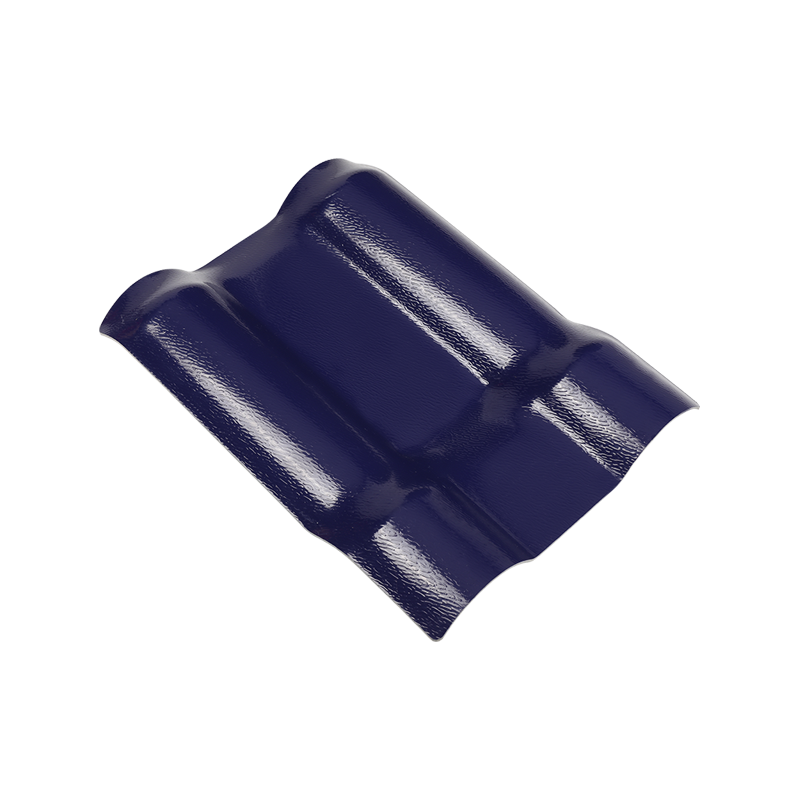
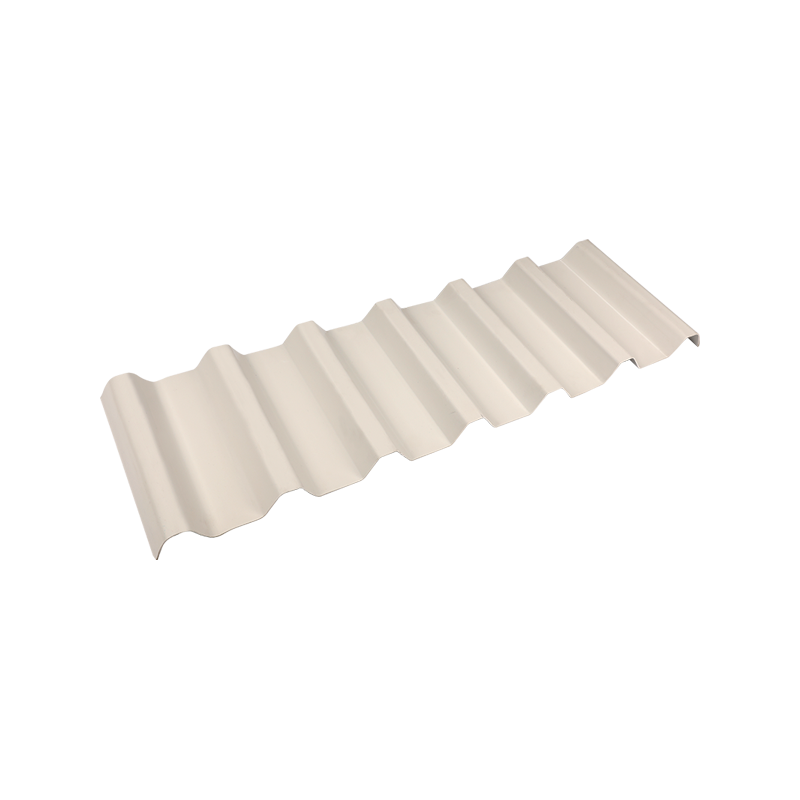
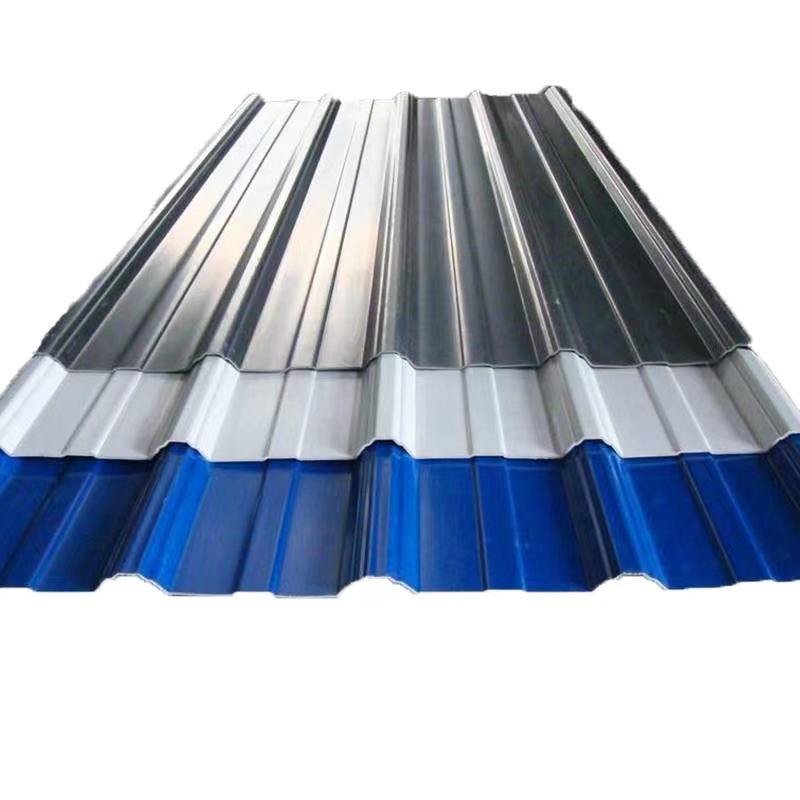
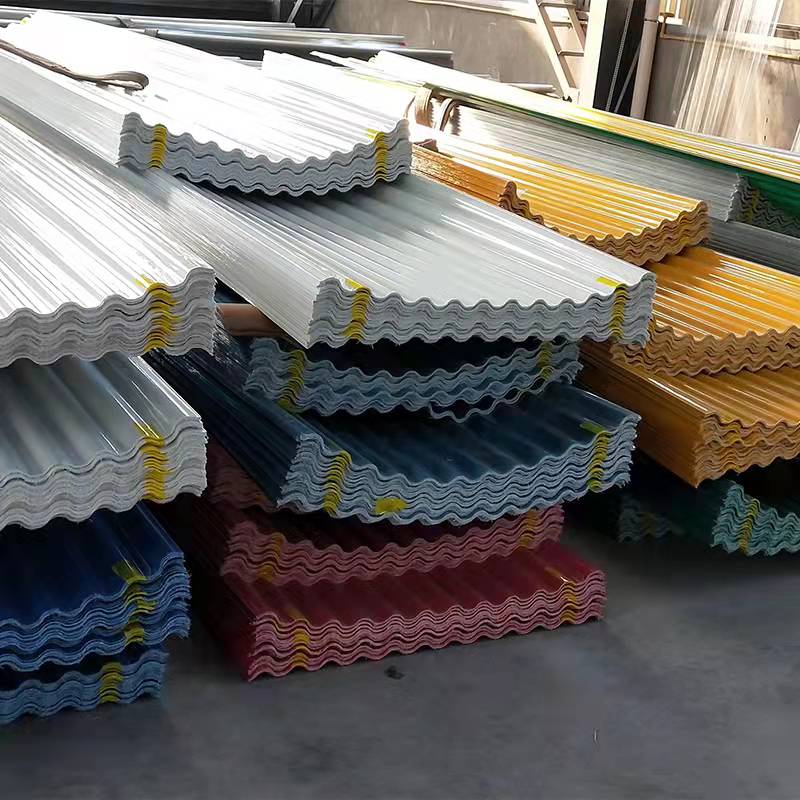


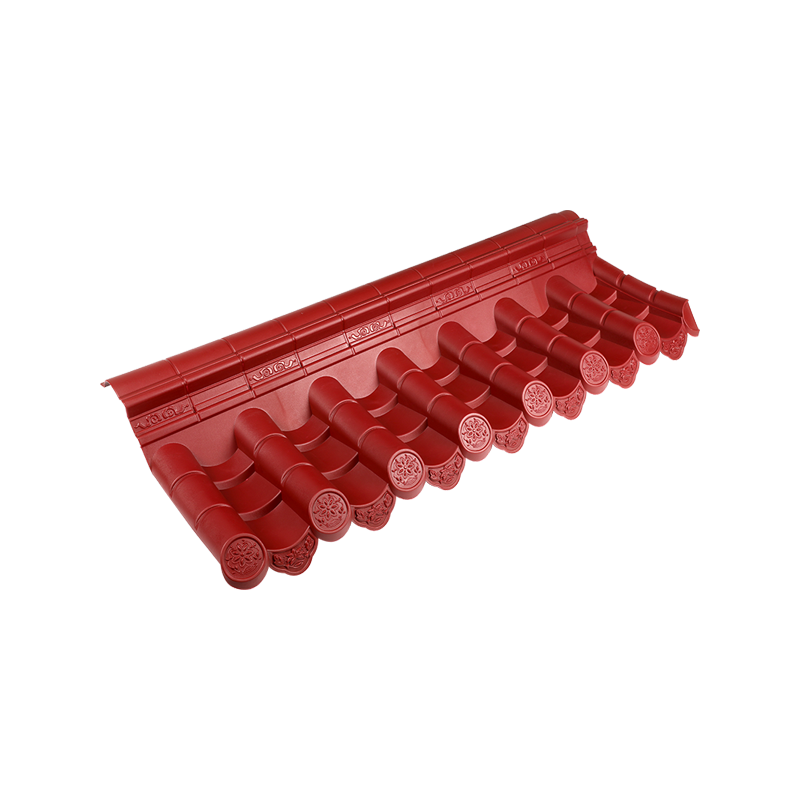


 Email:
Email: Phone:
Phone: Adress:
Adress: